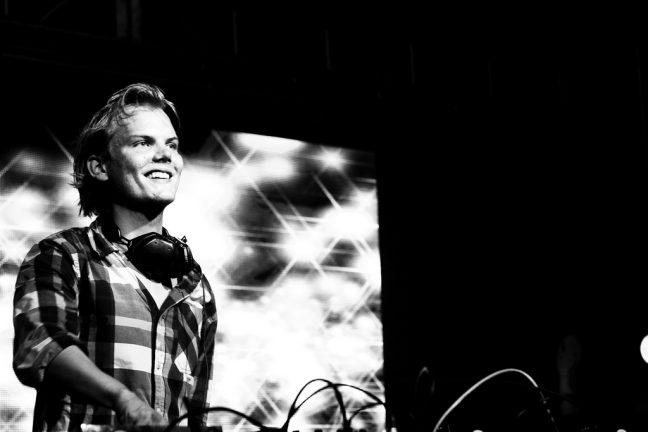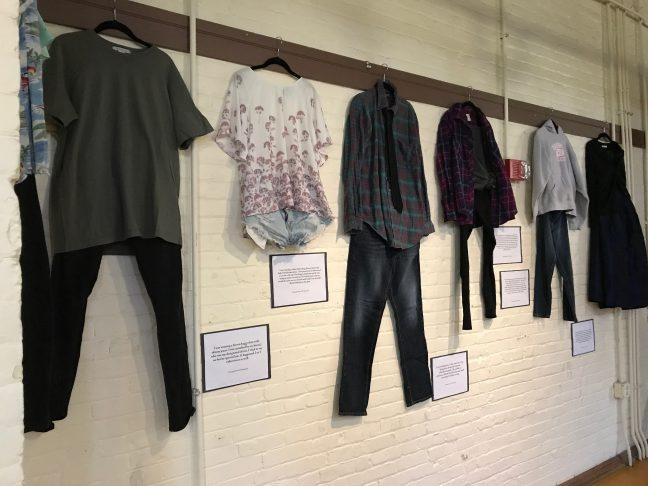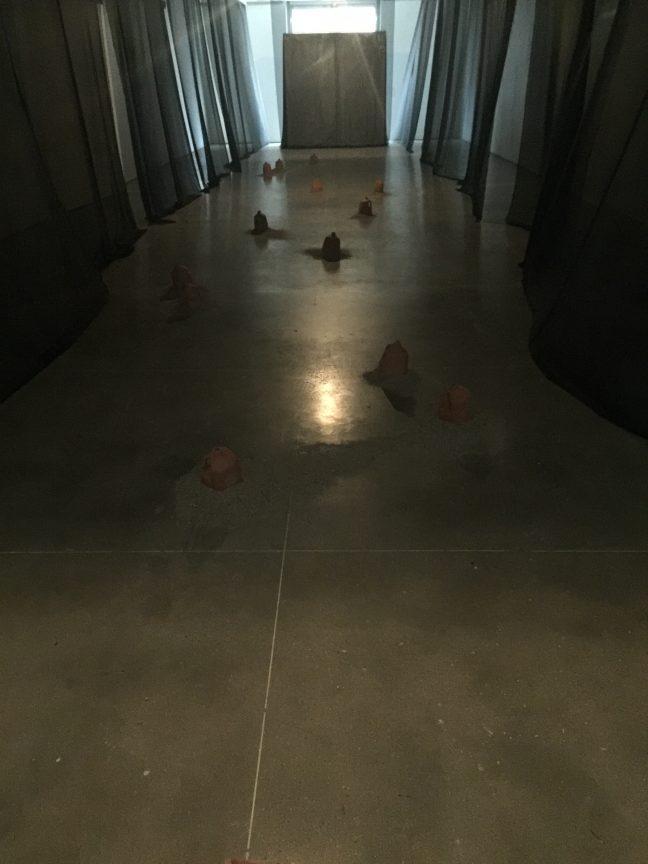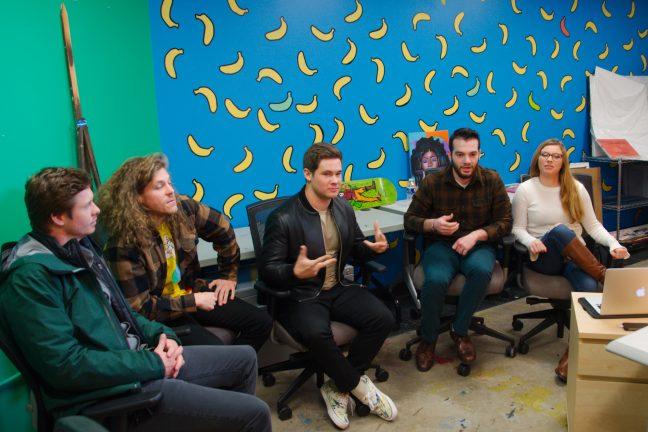There are some places on Earth that few people have ever seen. Places where humans, if unprotected, would die within moments. Places like deep-sea chemosynthetic vents, where the Earth’s crust emits deadly fluids, where some creatures have actually adapted to survive and thrive. Artist and natural illustrator Karen Jacobsen, with Duke scientist Cindy Lee Van Dover, have brought these creatures and scenery to the surface in detail that a camera couldn’t capture.
The exhibit “Beyond the Edge of the Sea,” part of which is on display in the University of Wisconsin’s Ebling Library, was curated by the Muscarelle Museum of Art at the College of William and Mary and features illustrations that Jacobsen created during multiple deep-sea expeditions around the globe. In the submarine “Alvin,” Jacobsen and Van Dover witnessed and studied the natural environments of tubeworms, crabs and many other organisms, many of which were previously undiscovered species. And there are a lot more undiscovered species down there than you might think.
“If I had a ship and a submarine,” Van Dover said, “I could take you tomorrow to a place where we could discover 50 new species.”
Jacobsen also indicated that there are many, many more species hiding in the deep sea.
“Nobody’s ever done a big, comprehensive representation of everything that’s down there,” she said. “And that’s not to say that I have. I feel like I’ve barely scratched the surface.”
For just scratching the surface, Jacobsen’s artwork shows a diverse spread of animals – tiny invertebrates, tubeworms, crabs and an octopus all have a place in the Ebling exhibit. Sometimes the paintings show a single animal; sometimes they portray an environment from the window of a submarine. There is little color involved in the paintings, true to form for many of the deep-sea sights. In one image, a black backdrop lends an eerie feel to a small crab that barely stands out from its same-color surrounding. A photograph likely would not capture such discrete contrast, not to mention the vivid detail.
“With illustrations, you can display multiple concepts that might take 10 photos to achieve,” she said. “We’re able to isolate these really small animals, get them under a magnifying glass and separate them from their environment … and all the other things that are visually complicated around them.”
Jacobsen said she does nearly all of her work on the ship at the surface. When the submarine surfaces, scientists bring her specimens to illustrate, but she also has opportunities to descend into the depths, where she sketches furiously through a small window.
“I have to say, there’s a real difference between going down and seeing something for yourself,” Jacobsen said.
Jacobsen illustrates and paints the creatures with inspiration from Karl Bodmer, a 19th century natural illustrator who explored North America in the era of Lewis and Clark. Bodmer did his work before cameras were an option for explorers, and for Jacobsen and Van Dover, natural illustration is still a relevant art.
“One of the ways people connect with animals in strange environments is by looking at paintings and photographs and other film documentaries,” Van Dover said. “There are people who take photographs, there are people who make documentaries of the deep sea, but nobody’s really an artist of the deep sea, and so this is really a niche where I thought Karen could make a great contribution to the outreach.”
Jacobsen said the outreach and exhibit were mostly Van Dover’s plans from the beginning. An art school graduate of the University of Santa Cruz, she chose a subject for her art that interested her and that she would have repeated access to. When she started going on expeditions with Van Dover and other scientists, she said she knew what she was doing – illustrating – but didn’t know what would become of it.
“I always wonder: Well, now what’s going to happen to it? I mean, … this is a brand new creature, … but maybe it’ll never get published or never get seen,” Jacobsen said. “Maybe it’ll be an incidental thing aside from the main purpose of the research.”
After she had created sketches and watercolors numbering into the hundreds, she and Van Dover decided to create the exhibit.
Now, a traveling segment of the exhibit is on display in Ebling Library, featuring about 50 sketches and several commissioned pieces. Take a look at scenes and creatures from a rarely-captured, otherworldly environment that Van Dover called “extraordinary.”

















